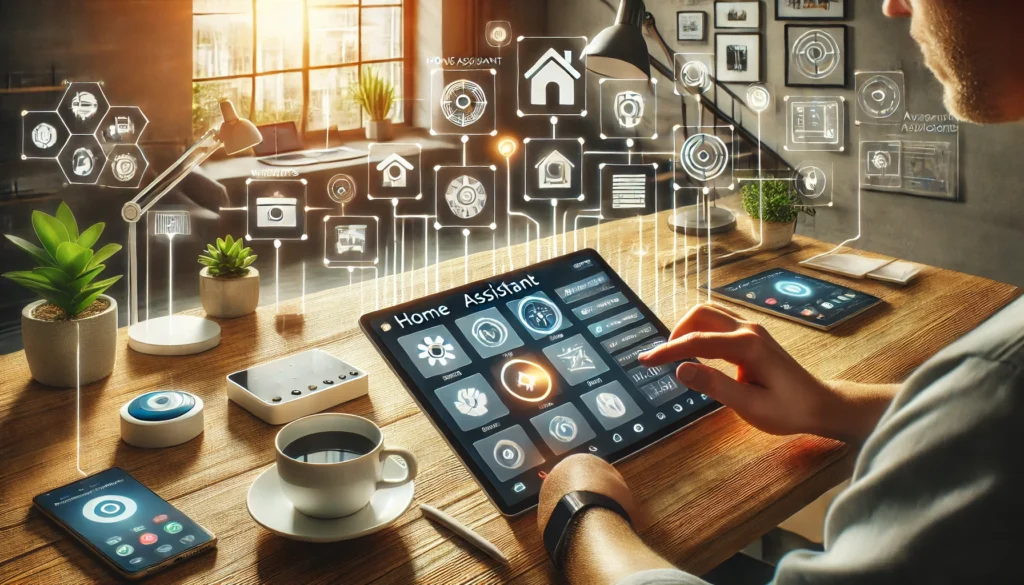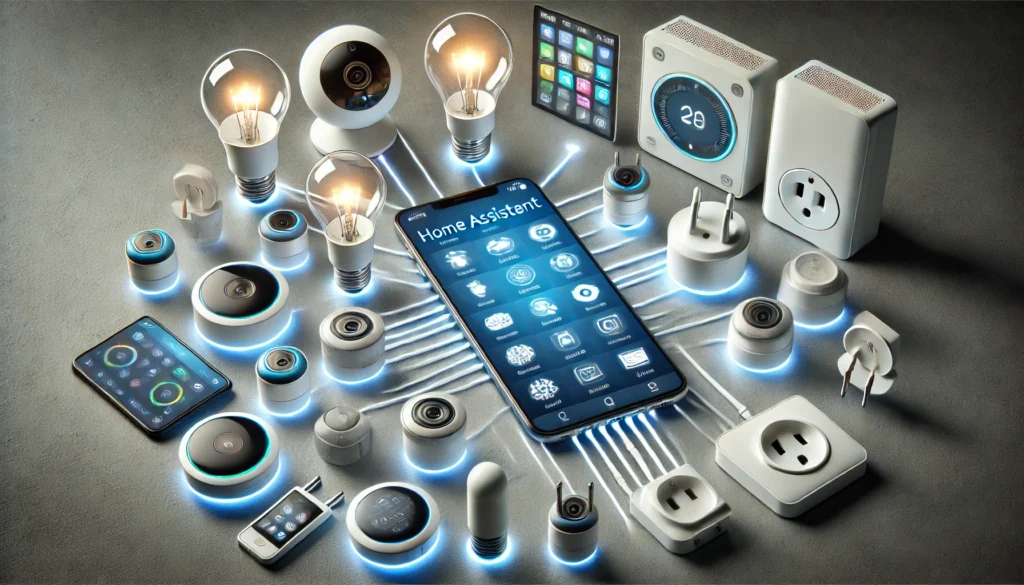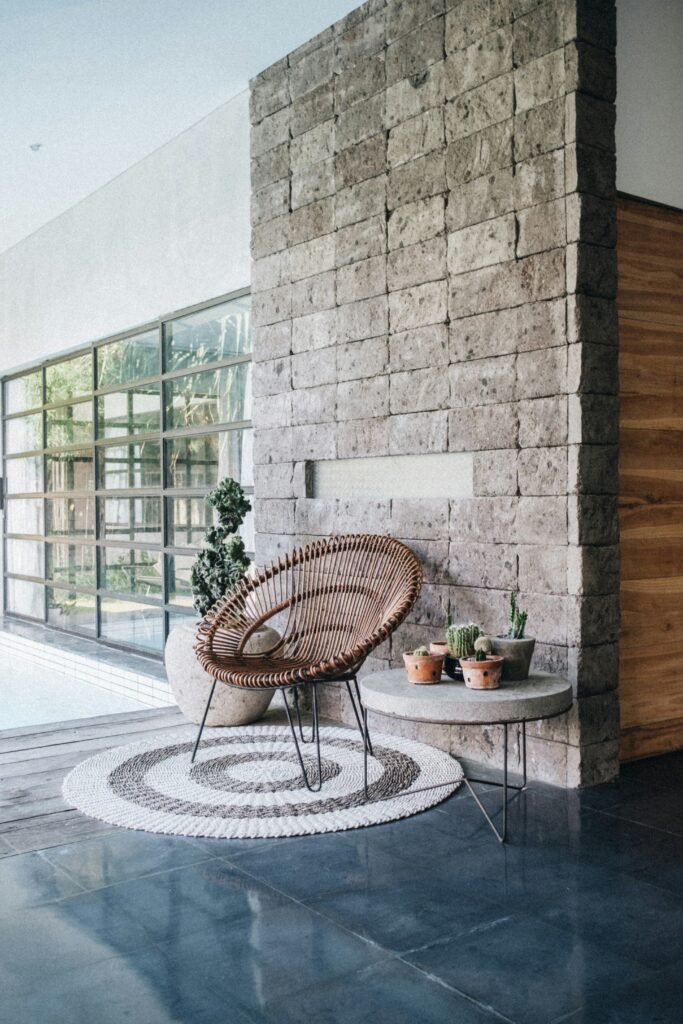Navigating the exciting world of home technology while optimizing comfort and convenience can be a daunting task. Hence, in our article “Essential Gear for Using Home Assistant”, we explore the necessary tools and gear that one needs when venturing into the use of home assistant. Think of it as your roadmap to a smart and efficient lifestyle. If you’ve ever found yourself wondering what you really need to make the most of your home assistant, this comprehensive guide is for you. Watch as we decode and simplify your smart home needs.
Understanding Home Assistant
Home Assistant, as we know, is a potent hub when it comes to automating and controlling our home’s smart devices. It’s an excellent tool that merges multiple devices into a single, user-friendly interface.
Basics of Home Assistant
At the heart of it, Home Assistant is an open-source home automation platform that focuses on privacy and local control. It is powered by a global community of tinkerers and DIY enthusiasts, supporting a wide range of devices and services. It allows us to automate our home with minimal reliance on cloud services, ensuring data protection and privacy while unifying our smart devices on one platform.
Functions of Home Assistant
Home Assistant serves several functions, ranging from acting as a centralized platform for controlling home automation devices, dashboards developed for viewing and controlling all parts of our home systems, to automating routines based on several triggers. It couldn’t be simpler to dim the lights, lock the doors, adjust the thermostat, and more, all from the Home Assistant dashboard.
Advantages of Using Home Assistant
There are endless reasons why Home Assistant stands out. It offers unparalleled privacy and does not require us to share our data with third-party services. Plus, by being open-source, it allows us to take complete control of our devices without being restricted by proprietary software.
Types of Devices Compatible with Home Assistant
One of the significant benefits of Home Assistant is its broad compatibility range. Whether it’s smart home devices, IoT gadgets, or even regular computing devices, Home Assistant has got us covered.
Smart Home Devices
Home Assistant supports a wide array of smart home devices, from the intelligent lighting solutions of Philips Hue and LIFX, smart thermostats like Google Nest and Ecobee, intelligent speakers, and even home security systems—all can be controlled from the same interface!
IoT devices
By supporting MQTT protocol and other integrations, Home Assistant can function with no dearth of IoT devices. From simple sensors to more complex IoT networks, we can take control of it all.
Computing devices
Furthermore, devices such as NAS devices, servers, and HTPCs, not traditionally intended for home automation, can also play a part in our home automation ecosystem with Home Assistant.

Essential Hardware for Home Assistant
Given Home Assistant’s lightweight nature, it doesn’t require specialized, high-performance hardware. However, it does need stable hardware to run efficiently.
Raspberry Pi
A Raspberry Pi is a low-cost, high-capability device perfect for running Home Assistant. With its dedicated power supply and ethernet connection, this compact computer provides a reliable and stable platform.
Dedicated Server
Those looking for a more robust solution can run Home Assistant on a dedicated server. A server offers the advantage of better performance and the potential for advanced features.
Necessary Peripherals
Home Assistant requires some peripherals for optimum functioning. A power supply for the running device, an ethernet cable or Wi-Fi dongle for connectivity, and, in some cases, a Z-Wave or Zigbee dongle for specific device controls are essential.
Essential Software for Home Assistant
Home Assistant provides a suite of software options to run and manage our home automation system effectively and efficiently.
Home Assistant Operating System
The Home Assistant Operating System is a robust, fit-for-purpose software to run Home Assistant on various platforms. It’s hassle-free and ensures smooth operation, integrating seamlessly with our chosen hardware.
Supervisor
The Supervisor is another crucial piece of software in Home Assistant’s ecosystem. It allows us to manage system settings, backups, updates, and also control installed add-ons.
Add-ons
Add-ons in Home Assistant are like mini applications, providing extra features and integrations that might be outside the scope of Home Assistant’s core functionality.
Setting Up Home Assistant
Setting up Home Assistant involves installing the software, integrating our devices, and connecting everything to the network.
Installation of Home Assistant
Installing Home Assistant primarily depends on our chosen hardware. For Raspberry Pi, we can opt for the Hass.io image, while more advanced users might prefer Docker or a Python virtual environment.
Configuration of devices
Device integration involves adding our smart devices to Home Assistant. Much of this process is streamlined, with Home Assistant automatically recognizing many devices once they’re connected to the same network.
Connection to network
Being a network-based platform, Home Assistant requires a solid network connection for seamless operation. This might involve configuring network access, defining static IP addresses, or setting up port forwarding.
Managing Smart Devices with Home Assistant
Once everything is up and running, Home Assistant becomes the de facto control center for all our smart home devices.
Integration of Smart Devices
Home Assistant provides an ecosystem where various smart devices can interact and function under a single interface. This leads to a seamless and versatile automation experience.
Controlling Smart Devices
We can control each device individually, put them in groups, or sync them to work together to achieve a more immersive automation experience.
Synchronizing Devices
Beyond controlling individual devices, Home Assistant can synchronize various devices to work in harmony to create complex automation sequences, based on triggers or schedules.

Using Home Assistant for Automation
Home automation is where Home Assistant truly shines. With a plethora of options and vast compatibility, it streamlines control over our home.
Basics of Home Automation
Home automation transmutes simple homes into smart homes. Going beyond the boundaries of physical controls, it brings everything under our fingertips, be it remotely or through voice commands.
Creating Automation with Home Assistant
Crafting automation in Home Assistant is intuitive and powerful. From a simple process of turning off the lights when we leave to complex combinations based on sensor data, time, or even our GPS location, the possibilities are lofty.
Tips for Successful Automation
Establishing successful automation involves understanding the capabilities of our devices, planning out the processes we want to automate, and implementing them effectively using Home Assistant’s powerful interface.
Optimizing Home Assistant Performance
To ensure our home automation system stays reliable and efficient, it’s essential to maintain and optimize Home Assistant’s performance regularly.
Maintaining the Home Assistant System
Maintaining Home Assistant involves checking for updates, ensuring all devices are communicating correctly, and keeping an eye out for any errors that may occur.
Troubleshooting Common Issues
Common issues could range from network problems to device compatibility and misconfigured settings. Thankfully, Home Assistant offers a wealth of documentation and a supportive community able to help troubleshoot these commonplace issues.
Updates and Upgrades
Just like any software, Home Assistant frequently adds new features and improvements. Keeping our system updated not only ensures we have the latest features but also keeps our system secure.

Securing Your Home Assistant Setup
Alongside performance, ensuring the security of our home assistant setup is crucial. Protecting sensitive data, managing permissions, and ensuring our network is secure is undoubtedly imperative.
Importance of Security
In an era where data breaches and hacking are widespread, it’s vital to ensure our home automation system is secure. Protecting our privacy and the integrity of our home system is of utmost importance.
Security Measures for Home Assistant
Home Assistant provides several security options, Including encryption, two-factor authentication, firewalls, and privacy settings. Operating on a local network circumvents many potential loopholes that hackers could exploit.
Handling Data Privacy
Privacy goes hand in hand with security. By default, Home Assistant doesn’t share our data with external services. But, it’s our responsibility to ensure no unintended sharing or exposure of our data takes place.
Advanced Features of Home Assistant
For those who wish to explore further, Home Assistant offers many advanced features such as APIs, custom skills, and advanced configuration.
Use of Home Assistant APIs
We can use APIs to further extend the functionality of Home Assistant, allowing more advanced, personalized integrations and interactions with our devices.
Building Home Assistant Skills
Building custom skills in Home Assistant allows us to take automation to the next level. It provides us greater control over our devices and can shape the automation to better align with our daily routines.
Exploring Advanced Configurations
While Home Assistant offers a powerful interface for configuration, more advanced users can delve into the YAML configuration files for granular control over every setting and option within Home Assistant.
In conclusion, Home Assistant is an extraordinary platform that can bring the benefits of home automation into our lives. It’s versatile, private, and compatible with a vast array of devices, providing us absolute control over our smart home. It can be as simple or as complex as we need, making it an excellent choice for both beginners and advanced users.




